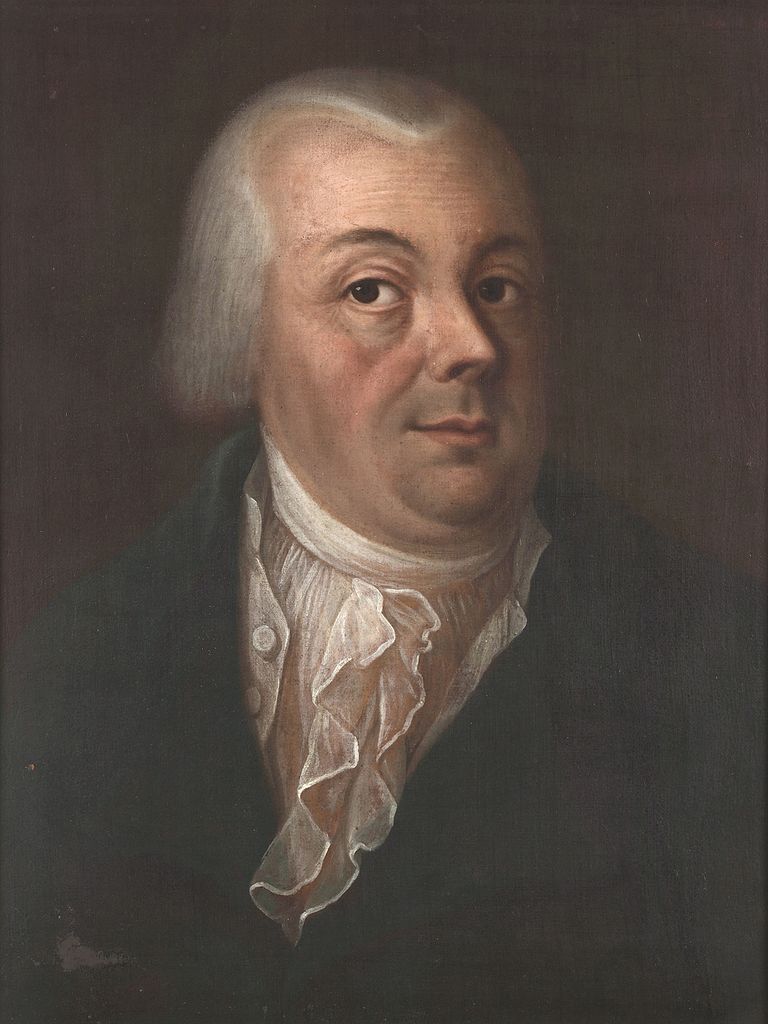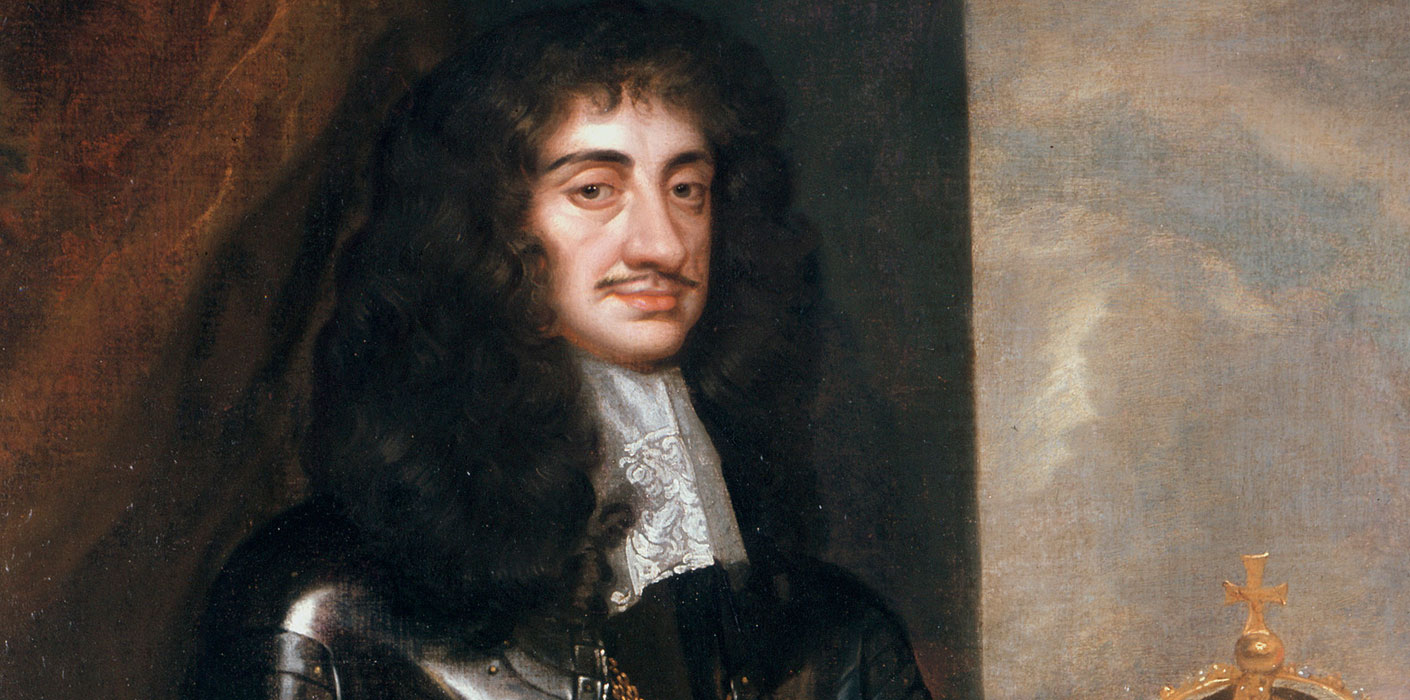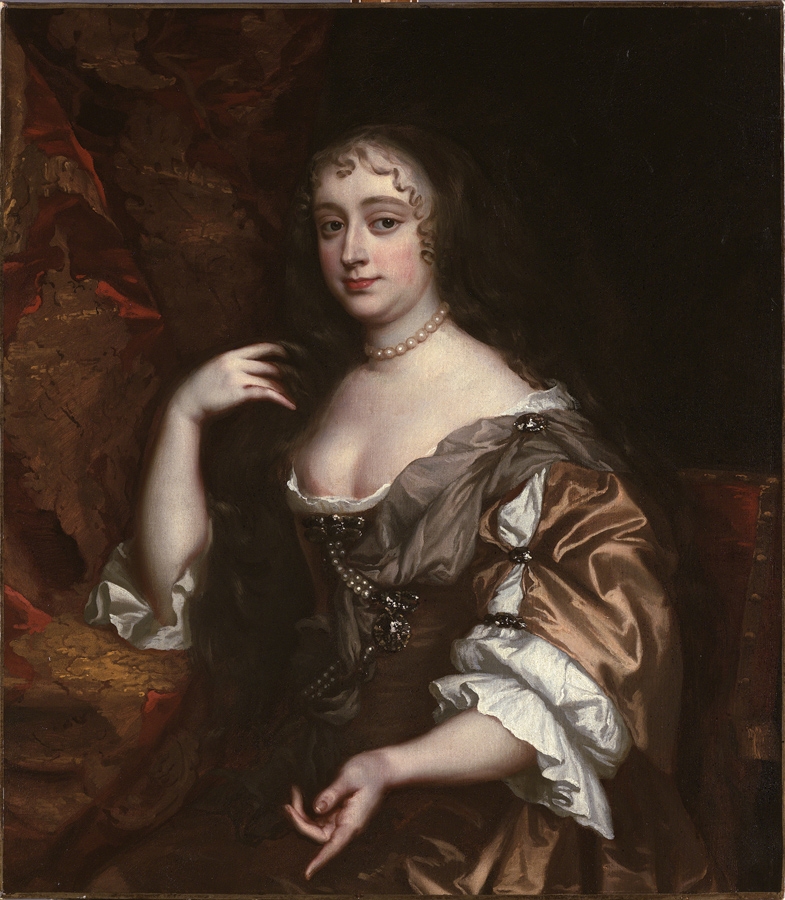|
|
Post by The Duchess on Sept 9, 2019 17:41:35 GMT -5
Thank you for visiting the Portrait Gallery! If you decide to share a portrait of an historical figure, please write a few lines about them beneath the portrait, so that we may all benefit.
Anne Hyde, Duchess of York (1637-1671)
My namesake here on the forum, and also an endlessly fascinating woman. Being a common woman, her marriage to James, Duke of York (later King James II) caused a considerable amount of controversy at court. The way that James and Anne had met was rather unorthodox, as well. Quoting from Anthony Hamilton's 1701 Count Gramont at the Court of Charles II --
James was then informed by various noblemen of Anne's supposed moral transgressions. After deliberation and consideration, he finally made up his mind.
|
|
generalpl4gue
Initiate
  I'm about to cross the Rubicon. But i don't have an only legion!
I'm about to cross the Rubicon. But i don't have an only legion!
Posts: 60
|
Post by generalpl4gue on Sept 9, 2019 20:53:02 GMT -5
 ![]()   Hey there! My favorite historical figure is D. Pedro II, the Magnanimous, Brazilian Emperor between 1840 and 1889. Son of D. Pedro I (from Bragança House , the green part of brazilian flag) and Maria Leopoldina from Austria (from Habsburg House, the yellow part of Brazilian flag), Pedro asummed the brazilian throne at age of 15. Descending from the Holy Roman Emperor, he earned the right to rule Brazilian Empire with kindness and righteousness. He was friend of many important people from his time, like Graham Bell, Richard Wagner, Charles Darvin and Victor Hugo. Some historians say that Pedro II was one of the most extraordinary Emperors of the world, combining bravery with wisdom. An art appreciator, a polyglot, a freedom keeper and a fearless Governor.
“I never loved power with personal ambition, never had any desire other than to promote the welfare of my country and I never yearned to be anything other than a 'pastor populi''”
- Your Imperial Majesty, the Emperor Dom Pedro II of Brazil (1825-1891)
|
|
|
|
Post by The Duchess on Sept 10, 2019 5:30:55 GMT -5
(from Bragança House , the green part of brazilian flag) I did not know that the green field of the Brazilian flag represented the House of Bragança. You learn something new every day! Speaking of that House, I'd like to share with you all Catharine of Braganza, Queen of England from 1662 to 1685.
Catharine of Braganza, Queen-Consort of England (1638-1705) Catharine of Braganza was Queen-Consort to King Charles II. When she first came to be introduced to the King, she was trussed up in a stoic black dress with massive farthingales, and had her dark hair styled rather triangularly. Charles, ever the jokester, took one look at his new wife and proclaimed, "By God! They've brought me a bat to marry!" Despite such an inauspicious introduction, and a few tumultuous years involving rivalry between herself and the King's then-chief mistress, Barbara Villiers, Lady Castlemaine and Duchess of Cleveland, Catharine grew to genuinely love her husband, and tolerated his many infidelities. When she almost died from a miscarriage in the mid-1660s, she became seriously ill, and delusional, wherein she believed that she and Charles had had three heirs. Charles, obviously distressed, went along with the delusion to comfort his Queen, and did not leave her side during the duration of her sickness.
There's so much to say about Catharine, but I don't feel like the Portrait Gallery is the right place to write an essay.
|
|
|
|
Post by Octavio on Sept 10, 2019 10:42:07 GMT -5
 Maria Leopoldina d'Austria (1797-1826) Maria Leopoldina d'Austria (1797-1826)When Brazil became independent, the country kept the monarchy, with Pedro I of Braganza as our emperor and his wife, Maria Leopoldina of Habsburg, Archduquess of Austria, as our empress. Born in the Habsburg household and daugther to the Holy Roman Emperor, Francis Joseph. Leopoldina received a good education, to the standards set by her grandfather, Leopold II. In 1816, her father got knowledge that Pedro of Braganza, prince of Portugal and regent of Brazil, wished to have a Habsburg as his wife, and he sent then Leopoldina. Leopoldina accepted and went to Brazil. During her travel, he studied Brazilian geography and wrote a Vade Mecum about Portuguese, language she learned on her way. Leopoldina was one of the key figfures on Brazil's independence. She was way more educated than Pedro I and a better diplomat. She played a great role on the Declaration of Independence, document she signed. Unlike the European Habsburgs, Leopoldina didn't wished to enact a despotic government, but a constitutional and more liberal one, pressing for a Constitutional government with some Illuminist ideals. As time passed, Leopoldina discovered that Pedro I had a mistress, and that stuck a major blow on her health. She became ill, and died not much after, at age 29. As Plague said, the green portion of the Brazilian flag references the Braganza dynasty, from Pedro I. The yellow portion, on the other hand, is the Habssburg color, in honor to Maria Leopoldina, one of the true minds behind the independence process. (Sorry, I had some problems with the image hahaha) |
|
generalpl4gue
Initiate
  I'm about to cross the Rubicon. But i don't have an only legion!
I'm about to cross the Rubicon. But i don't have an only legion!
Posts: 60
|
Post by generalpl4gue on Sept 10, 2019 10:54:20 GMT -5
Leopoldina received a good education, to the standards set by her grandfather, Leopold II. Indeed, Leopoldina, with her wisdon and knowledge, and Pedro I, with his valiantness, reached the perfect recipe to do a Great Emperor. |
|
|
|
Post by Windischer on Sept 10, 2019 14:06:16 GMT -5
Interesting that she acted so enlightened as a Habsburg and limited the power of the monarchy. Over here Habsburg rule was quite firm in that time. Minister Meternich imposed a strong cenzure after the Napoleonic period. No talks about a constitution until 1848 and even afterwards it was little more than a joke.
|
|
|
|
Post by Octavio on Sept 10, 2019 14:50:12 GMT -5
Yeah, she was quite an exception among the Habsburgs. Sadly it's hard to find much more info on her...
|
|
|
|
Post by Windischer on Sept 11, 2019 15:41:12 GMT -5
 This is baron Žiga Zois von Edelstein (1747-1819). He was the richest Slovene of his time and a great sponsor to science and culture. In his home in Ljubljana he gathered most of the important figures of the Slovene Enlightenment, who produced numerous important works and achievements both for our people and broader. Zois himself was a man of many interests, he wrote several poems, translated Italian works into Slovene, but he was also fond of ornitology, zoology, botany and especially mineralogy. There's even a mineral named after him - zoisite. Together with his circle of enlightened intelectuals he laid the foundation for the further development of the nation in the 19th century. Zois also suffered from gout, which is why he designed a wheelchair together with his blacksmith, so he could move around his home.  |
|
|
|
Post by Earl of Rochester on Sept 11, 2019 17:20:41 GMT -5
 Lady Emma Hamilton, Sir William Hamilton's wife. Sir William was a famous vulcanologist in Sicily and Emma was, for want of a better description, a society girl who got around. Nelson then rocked up whilst protecting the Mediterranean from Napoleon's Fleet. He met Emma and the rest, as they say, is History. Unfortunately after Nelson died Emma received nothing, she fled to Calais IIRC to escape her debts and died penniless. She was buried in a pauper's grave. |
|
|
|
Post by The Duchess on Jan 25, 2020 12:46:20 GMT -5
If you know me, you knew it was only a matter of time before I posted this...  King Charles II of England, Scotland, and Ireland King Charles II of England, Scotland, and Ireland (1630-1685, r. 1660-1685) Charles was the third Stuart to rule over a united England and Scotland, and the eleventh to rule in Scotland. Charles was a young boy when civil war broke out in 1642, and a succession of unfortunate events lead him to flee the country in 1646, three years before his father's execution. He tried to come back to England to reclaim his throne in 1651, but failed miserably, and was obliged to flee back to the Continent following the Battle of Worcester. Even though things seemed really quite hopeless, Charles, along with his two brothers, were invited back to their kingdom, following the deposition of Oliver Cromwell's son, Richard, aka Tumble-Down Dick. Charles' 25-year reign is most popularly known for its sensuous lechery and debauchery, but it would behoove of us to acknowledge how crucial, unstable, and high-stakes the politics of the era were. I am currently doing research pertaining to the religiopolitical atmosphere in Charles' court during the 1670s, something I find to be crucially overlooked. As this is my area of specialisation and I really like Charles, I could go on for ages, but I'll refrain from writing an essay here. I have other things to attend to, but I just couldn't resist adding him to the gallery. |
|
 Anne Hyde, Duchess of York (1637-1671)
Anne Hyde, Duchess of York (1637-1671)











